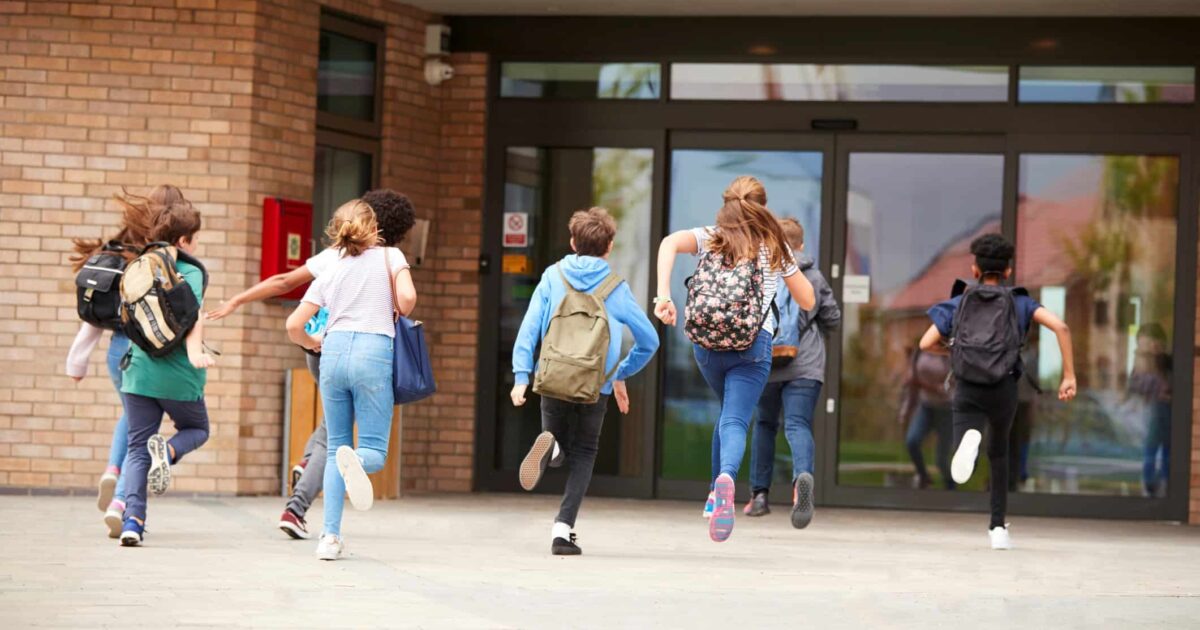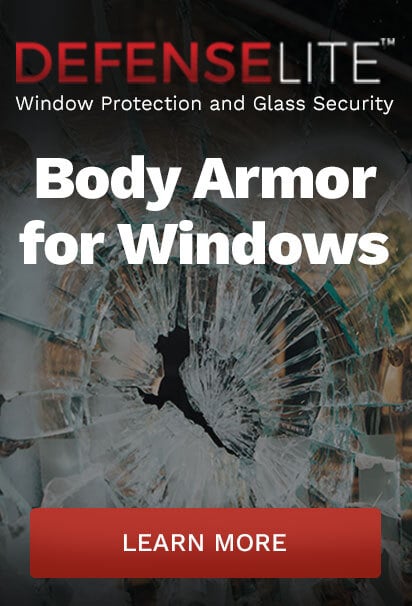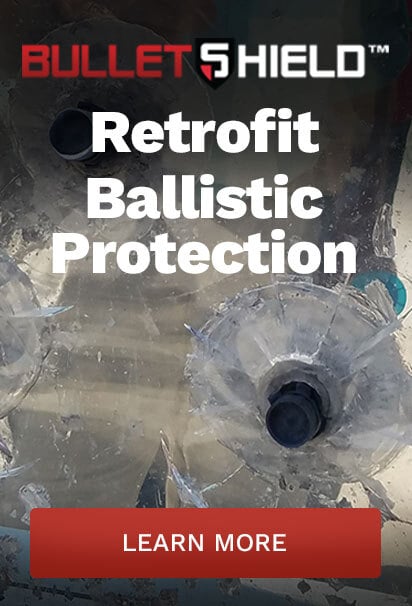How Security Glazing Leads the Charge in School Safety

Active shooter drills in schools have become a way of life for children across the country. Whether in school shootings or other incidents, firearms are currently the leading cause of death for children in the United States. Among the many protocols that are being developed to help combat this issue, security glazing is leading the charge.
Role of Security Glazing in Active Shooter Preparation
In active shooter situations, time is a matter of life and death. According to the US Department of Homeland Security, “active shooter situations are usually over within ten to fifteen minutes.” The longer assailants are kept from entering a building or classroom, the more time there is for first responders to arrive and defuse the situation.
Reinforced glass is one of the obstacles available to keep active shooters in schools from accessing students and teachers in classrooms.
The solutions and products available to help bolster school safety are continually evolving as initiatives are put in place nationwide.
Current Efforts to Mitigate School Shootings
Despite numerous deadly incidents across the country, there is currently no national standard on how schools should prepare for active shooter situations.
In September of 2021, the School Shooting Safety and Preparedness Act was presented to the United States House of Representatives. The bill has not yet made its way through the House and to the Senate, though it has 49 cosponsors. As these incidents continue to occur, it is likely that efforts to institute a national response will persist.
However, any such effort will require strong bipartisan support to proceed to the Senate. Given the current political climate, that might take a while.
While the School Shooting Safety and Preparedness Act did not pass, action is being taken at the state level to support the hardening of our schools through grant programs. One by one, states are getting on board to help create safer environments for students and faculty members, including recent decisions in Texas, Michigan, Ohio, and West Virginia.
Additionally, the glass and glazing industry is continuing to do its part to help create safer and more secure learning environments. The new ASTM standards assembled by the National Glass Association last year are one such effort. The new standard “attempts to slow and prevent intruders from entering facilities through locked fenestration.”
New School Security Tests Underway
As reported in December, the new ASTM F3561 mechanically-driven testing method is intended to allow manufacturers like Impact Security to test and rate glazing products.
Once the standard is finalized, Impact Security will be testing two of its signature products, DefenseLite® and BulletShield®, to ensure the solutions meet the standard.
This is nothing new — as part of Impact Security’s ongoing commitment to providing the best security and safety solutions, the product line is revisited and tested with the release of new codes and standards.
New product innovations are always at the forefront of the efforts made by Impact Security. The fact that code requirements are periodically reviewed and updated helps pave the way for new advancements that enhance the level of service provided to customers across the country.
Current Forced-Entry Solutions
The solution to preventing active shooters on school campuses is, admittedly, multi-faceted and requires holistic cooperation from many sectors. Until then, the glass and glazing industry continues to promote solutions designed to stop intruders from forcibly gaining access.
This, in fact, is the entire principle behind retrofit solutions like DefenseLite®. When applied to the doors and windows of schools, DefenseLite creates an additional barrier between students and potential assailants. The polycarbonate security panels stand off from primary window and door glass. Upon attack, the retrofit security glazing system flexes, absorbs, and deflects energy away.
It is a cost-effective way to create forced-entry-resistant doors without replacing the door or the glass. The system fits over existing glazing, providing protection that is virtually invisible to the public.
In the case of ballistic protection, BulletShield® was developed to act, in essence, as “body armor for windows.” Aside from deterring entrance from assailants, it protects the glass from ballistic impact.
BulletShield is a more seamless and cost-effective solution to alternatives such as bulletproof glass, particularly for existing buildings. Where bulletproof glass can dramatically change the appearance of the building to which it is applied, BulletShield fits cleanly over the existing glass. This helps maintain the aesthetic without hindering visibility.
If you are interested in more information on how Impact Security products can help protect your school, office building, storefront, or government facility from active shooter attacks, reach out today. Onsite demonstrations and live-fire events are also available.


